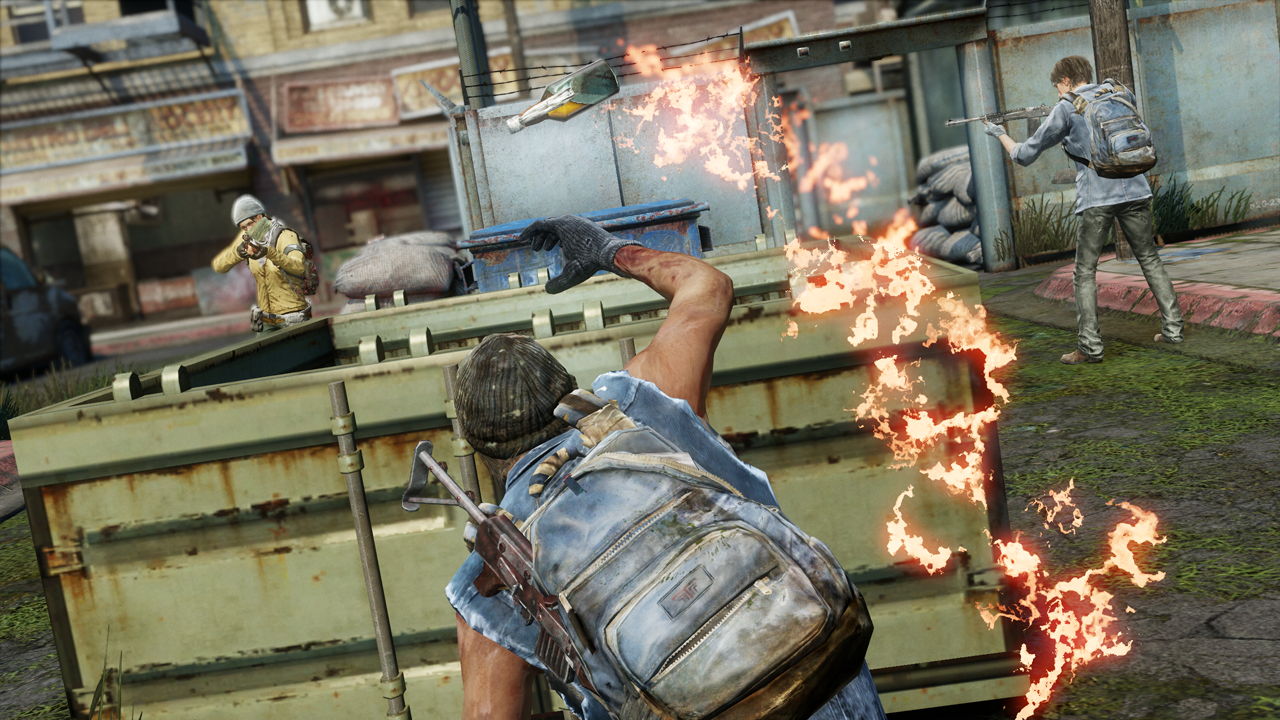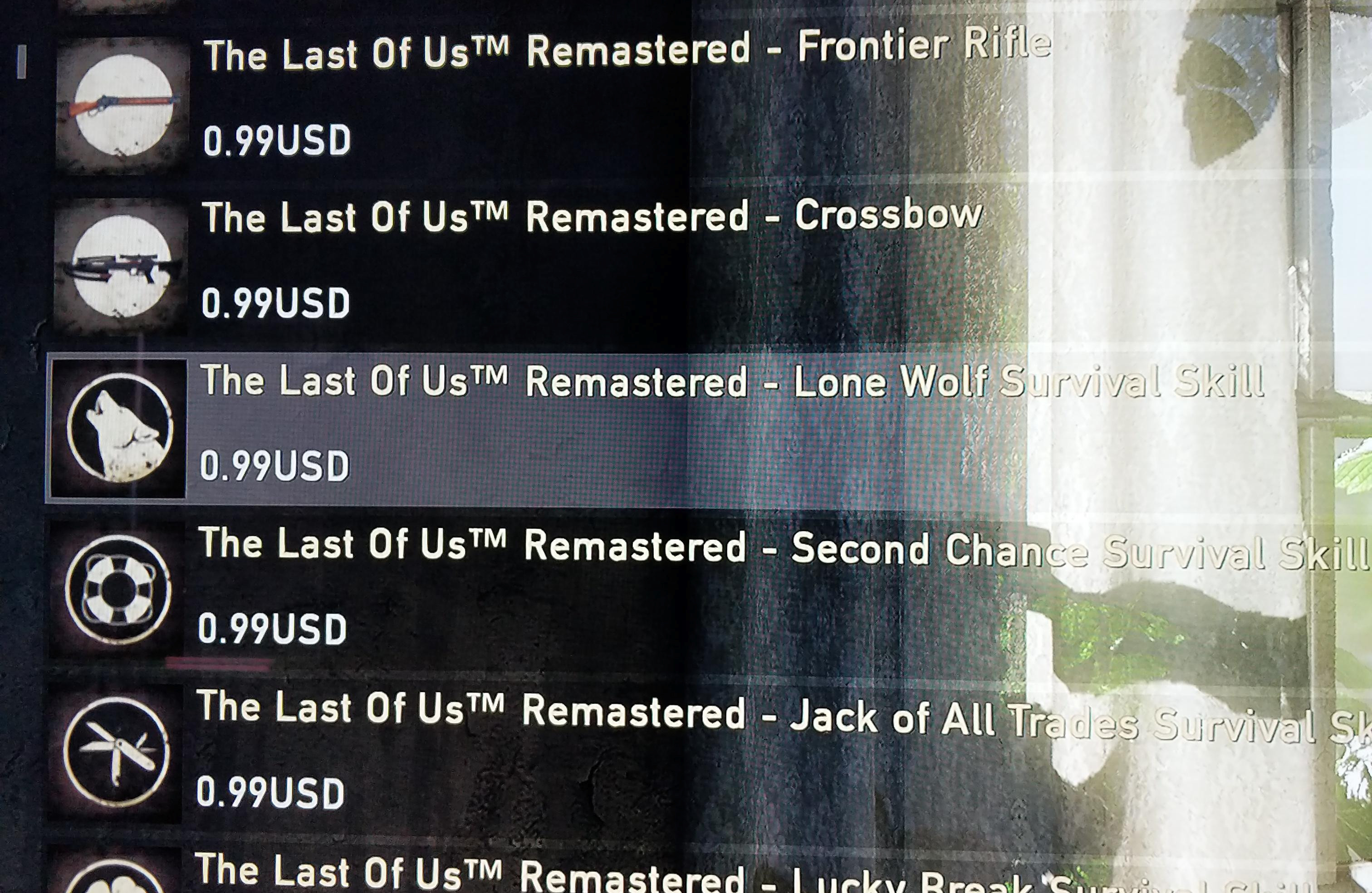The news broke. The Last of Us Part II multiplayer details have emerged. The game mode will have a yet-undetermined amount of microtransactions, likely of the real-world money variety. The original Last of Us had a similar-sounding multiplayer model, giving players the ability to purchase items for character customization, while having a few weapons and survival skills—both items that in theory offer a competitive advantage—also available for purchase. But, rather than reaching for my torch and pitchfork, as I am wont to do, I couldn’t overcome to urge to shrug and say “eh.”
If you’re not familiar with me (hi I’m James) or my writing, you might very well have read the headline and thought, “Wow, here’s another shill.” That’s a perfectly reasonable knee-jerk response to anyone who goes out of their way to defend microtransactions, especially in competitive settings. Paying money to get a competitive advantage is usually a huge no-no, and defending the practice is even more dicey territory.
Indeed, a bevy of game critics, myself included in the privacy of my home—not to mention a great deal of heated fans—were and are rather heated about selling weapons and perks in the original “Factions” multiplayer mode of The Last of Us. It made matters worse that these guns and perks were actually really good. Crossbow, Tactical Shotgun, Frontier Rifle—these were all game changers. Not must-haves, but enviable nonetheless. This sentiment has even found its way back regarding The Last of Us Part II.
It’s Too Good to Complain About

I’ve come to the understanding that “History is the only critic that matters.” That is to say, what gets remembered as great or bad is more important than what anyone at the time thought was great or bad, or anywhere in between. History has the final say. Here’s the thing, though: all these things are true, but when I think back to it, that’s not what I remember. That’s not what I cared about. What I do remember is taking part in what is hands down the best shooting-based multiplayer I have ever played.
And I know a lot of people can stand on a pedestal and say “I’m not a shill,” with no meaning behind it, but I do have a decent track record of being highly critical toward microtransactions. I have and will forever be critical of League of Legends ability to buy heroes (and the more eagle-eyed readers out there now instantly know which similar game I prefer). I came out hard against the Steel system in For Honor. Heck, I’ve even taken Overwatch to task for their Loot Boxes, which don’t offer any competitive advantage whatsoever.
The thing is, The Last of Us’ multiplayer is just. So. Damn. Good. I’ve never had a true shootout in a shooting game before or since The Last of Us. Factions MP offers these intense, slowly paced situations that lead to elongated skirmishes that don’t resolve nearly as often as they do. You don’t get this in other shooters. What’s more, it had a variety of play-styles and strategies, most of which were equally viable, so every game felt competitive. Even Factions’ metagame of surviving in 12-“week” periods added enough to keep it interesting after dozens of hours of play.
Factions Earns Your Money, It Doesn’t Demand It

I’m all at once surprised and thankful that it didn’t become more popular. Games that offer unique multiplayer experiences such as PUBG, for example, get done to death with everyone hankering to create the next big battle royale game. Multiplayer in The Last of Us feels like a tightly kept secret among hardcore fans. Every experience you have is unique to it and it alone. Does all that give it a pass for doing shady nonsense like make people pay for better guns and skills? Well, yeah, kind of. To a certain degree, we’re all people with gut reactions, and I just don’t hold the hatred in my heart for this. I have only fond memories of playing Factions.
More than that, though, microtransactions in The Last of Us were actually decently well executed. For one, they’re not pervasive. That is to say, you don’t have to continue buying in. It’s the base set of weapons and skills, with a few good ones behind a pay wall. After that, it’s done. There was an insidious moment in gaming history when companies figured out that they didn’t want people to just buy one thing and be done. They wanted them to keep buying, so they invented ways to ensure this happens. Naughty Dog must have been snoozing during that lesson, and we’re so happy about that.
For two, they’re cheap. You can get everything you need to be on an even playing field for under $10 extra. Is that BS for a game you’ve already spent $60 on? Sure, but that didn’t stop me. And it shouldn’t stop any of you. If you don’t like Factions, don’t buy in. If you like Factions, go for it! Factions only makes you spend as much as you want to. It wants to earn your money. Maybe the bar has been lowered so much by companies that demand you spend more at every opportunity, but somehow charging a buck a piece for a few bits of extra content seems so innocent.
Now, none of this is to say that The Last of Us Part II will follow the same model. We just don’t know yet. If it does though, I expect any outrage to be muted at best and fade just as quickly as any complaints I had the first time around.








